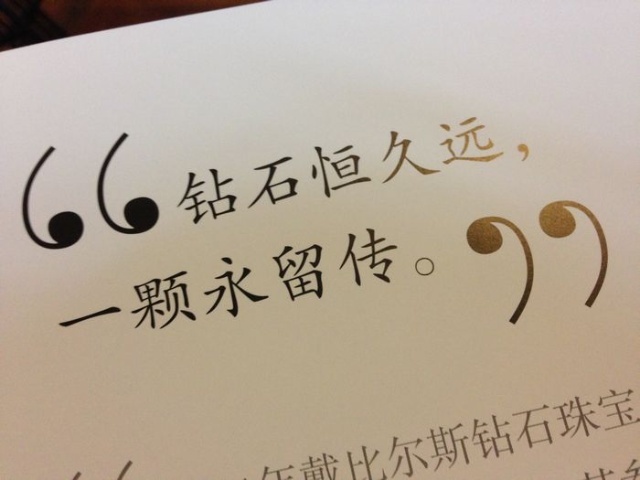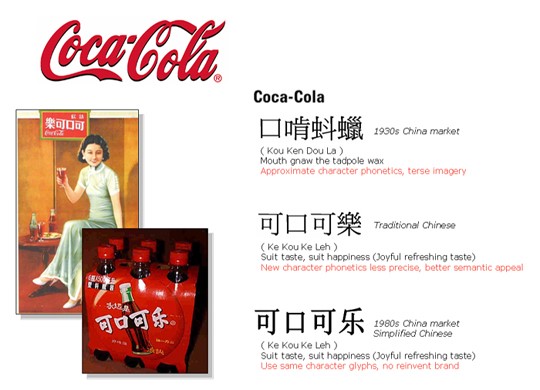
Transcreation – The Creative Side of Translation
Unlike technical and instructional documents that must be carefully translated to convey exactly the same information from one language to another, advertising, other marketing materials and even video games require a more creative style of translation. The intention is to evoke the same emotional response in the target audience as was intended in the original audience. This process is known as transcreation.
Transcreation is most effective when undertaken during the initial development of the source materials. Consideration of the cultural implications of certain words or phases in multiple foreign markets during initial concept development can change everything. Still most transcreation efforts take place after the project in the source language is complete and a decision to ‘globalize’ the messages and content has been made.
During the transcreation process, the linguist has a ‘literary license’ to change the exact meaning of the source materials. The goal is to create the same mental image and emotional response in the target language and this often means using quite different words, phrases and even concepts.
The first example offered here is the advertising campaign of DeBeers, the world’s largest diamond producer. In the US and other Western countries, DeBeers uses the slogan “A Diamond is Forever”. The phase has a couple of meanings in English. It refers to the physical stability of diamonds that are very stable crystals and under normal conditions will not change for millions of years. Thus it infers it is a safe investment. But emotionally, since the vast majority of diamonds are given by men to women to signify their life-long commitment, this phrase evokes the emotion of everlasting love.
Launching a campaign in China proved to be more challenging. First, diamonds were basically unknown in China before the arrival of Western visitors; they had no place in the culture or history. Jade and gold were the primary valuables given. Men gave these items to their wives. In turn, the wives gave them to their first son, who gave them to his wife. Thus the valuables were passed from generation to generation.
(Source of the image: http://1852.img.pp.sohu.com.cn/images/blog/2013/6/20/14/3/u5842097_140290631fag86_blog.jpg)
Thus, while not wanting to loose its tag line, DeBeers agreed to use the transcreation “钻石恒久远,一颗永流传”, which literally means “Diamond is forever, it will always be handed down (to future generations)”. Additionally, the style of this phrase is similar to that used in classic Chinese poetry. The elegant nature of the phrase, combined with the reference to inheritance created the mental image that DeBeers wanted its Chinese audience to have.
Another example comes from Coca Cola, who originally launched its product in China in 1928. Coca Cola, invented in 1886 as a medicinal alternative to morphine for those injured in military service, contained both cocaine and caffeine in the original formulation – hence the name Coca (from the cocoa leave source of cocaine) and Cola (from Kola Nuts, the source of caffeine). However, by 1929, all cocaine had been removed from the formulation and most people did not know the meaning of the name.
Since Coca Cola did not wish to emphasis its formulation but rather preserve it’s branding, a phonetic translation was sought help promote the product. However, the sounds Co, Ca and La (and sounds close to those) can be made with many characters and in the end, Coke marketers were looking at 40,000 combinations. Some local retailers got creative and started making signs to promote the product ahead of the official decision of a Chinese name for the product. Some shop owners used “蝌蝌啃蜡” (kekekenla) which means “the tadpole bite the wax” in Chinese. Some translated it as “口啃蚪蜡”(koukendoula), which means mouth gnaw tadpole wax. Obviously, they were trying to find a combination that sounded like Coca Cola but didn’t give a lot of thought to the meaning.
(Source of the image: http://www.gala-global.org/articles/marcom-transcreation-branding-strategy-and-communication-asian-market-entry)
Luckily for Coke, these were used only in isolated instances and they soon launched the official phonetic equivalent “可口可乐”(kokoukole),which means delicious and happy, pleasing to the mouth. This is still in use more than 90 years later
There are many more examples of the creative nature of transcreation. Nearly every company that has taken a product abroad has had to consider how to convey the ‘heart of the message’. Professional language service companies employ native speakers in the target language to help ensure the message creates the right mental image. Many of these linguists also have experience in the market sector of their customer. This too helps to avoid confusion and create the right emotional response.


